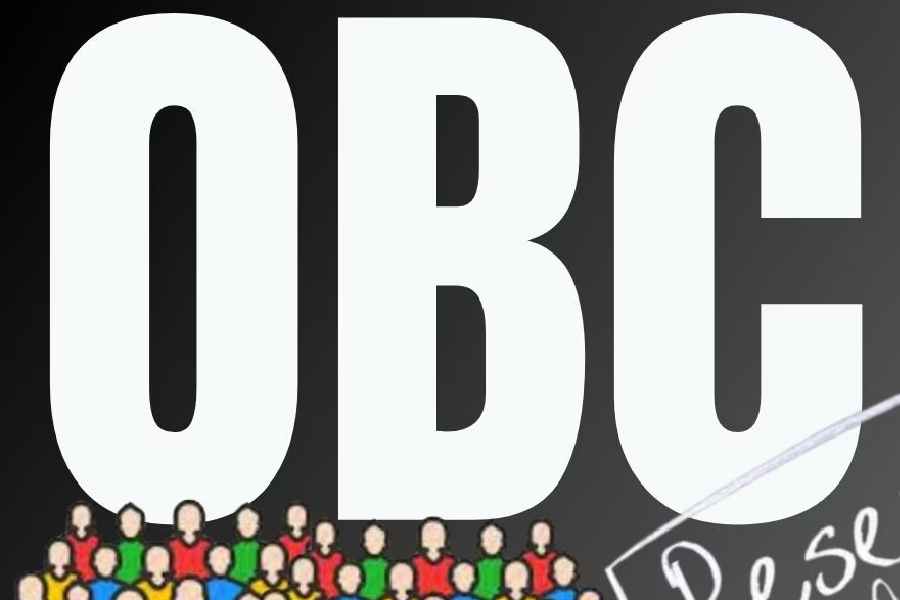The report of a commission on the sub-categorisation of Other Backward Classes and another panel’s report on modifying the creamy layer calculations have been gathering dust amid suggestions that the government is too nervous to touch them.
The NDA government had in October 2017 set up a commission under Justice G. Rohini to suggest the sub-categorisation of OBCs for a fairer distribution of the reservation benefits.
Those belonging to the non-creamy layer among the OBCs — determined through an income cut-off — are entitled to 27 per cent reservation in government jobs and higher education at government institutions.
The commission, which collated data from various government institutions about the representation of different segments of OBCs, submitted its report to the President on July 31 last year.
A year on, its contents are yet to be made public.
Hansaraj Jangra, president of the All India Backward Classes Federation, said he had “source-based information” that the commission had recommended two possible ways of sub-categorising (non-creamy layer) OBCs.
One, the present 27 per cent reservation may be divided into eight per cent for the more advantaged castes among the OBCs (like Yadavs and Kurmis), nine per cent for the artisan communities, and ten per cent for the most backward castes.
The alternative recommendation, Jangra said, was that the eight per cent quota for the more advantaged OBC castes may be further divided into two per cent for the “advanced castes” and six per cent for the “other forward castes”. The remaining 19 per cent remain undivided.
The BJP set up the commission hoping it would bring political gain, Jangra said. “Now the party is confused. Its tally has come down in the Lok Sabha. We have demanded its (Rohini report’s) implementation,” he added.
Jangra said the commission was learnt to have found that people from only 10 to 15 OBC castes had garnered 25 per cent of the quota benefits while about 1,000 OBC castes had almost nil representation in government jobs and higher-education institutions.
P.C. Patanjali, chairman of the Most Backward Class Forum, said that no political party was in favour of implementing the Rohini Commission report.
“The forward castes (among the) OBCs hold prominent positions in every party. They are opposed to sub-categorisation,” he said.
G. Karunanidhy, secretary of the All India OBC Employees Federation, said the Rohini Commission report was flawed because it relied on the 1931 census data, which is out of date.
“The commission’s finding that certain OBC castes are over-represented is meaningless without population data on each caste,” he said.
“We have demanded that the government hold a caste census first and then work on sub-categorisation.”
The Congress has been demanding a countrywide caste census with the support of its INDIA partners. Some of the BJP’s allies such as the JDU, Apna Dal and the Lok Janashakti Party too want a caste census. Few of them have even mentioned sub-categorisation.
The government had in 2019 set up a committee under B.P. Sharma that recommended the inclusion of salary earnings in the calculations to determine whether a candidate belongs to the creamy layer.
Currently, the cut-off (an annual family income of ₹8 lakh) ignores income from salary and agriculture while taking into account income from sources such as business and rentals. The report was submitted in 2020.
An email was sent to Amit Yadav, social justice and empowerment secretary, seeking the reasons for the delay in taking a decision on the Rohini Commission and Sharma committee reports. His response is awaited.










